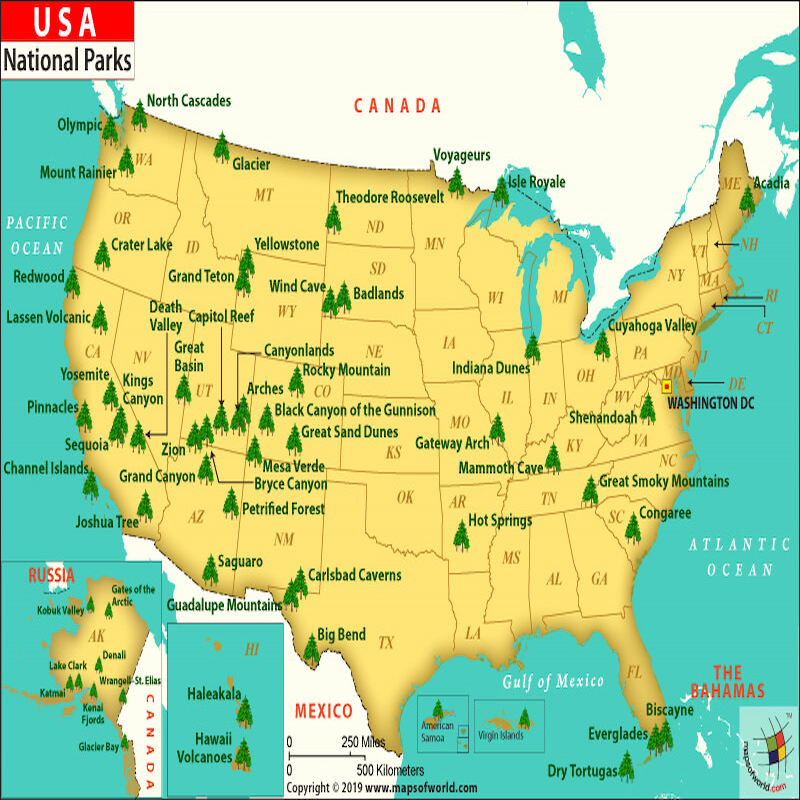Travel blogging is more than just sharing destinations and itineraries; it’s about weaving captivating stories that transport readers to new places and experiences. The art of storytelling in travel blogging enables writers to connect on a deeper level with their audience, allowing them to feel the thrill of adventure, the warmth of local cultures, and the beauty of breathtaking landscapes. By mastering the techniques of narrative craft, bloggers can engage their readers, evoke emotions, and inspire wanderlust, transforming mundane travel accounts into memorable tales. This article will explore the essential elements of storytelling in travel blogging, providing insights and tips to enhance your narrative skills and create compelling content that resonates with your audience.
The Art of Storytelling in Travel Blogging
Travel Blog Storytelling: Understanding the Importance of Storytelling
In the vast universe of travel blogging, storytelling is your golden ticket to capturing hearts. It’s not just about sharing what you did and where you went; it’s about weaving your experiences into a tapestry that draws your readers in. Good storytelling transforms a list of destinations into an adventure that resonates. Think of it as the difference between saying “I went to Paris” and “I wandered through the charming streets of Montmartre, lost in the aroma of freshly baked croissants.” One paints a picture; the other is just a checkpoint on a travel itinerary.
Travel Blog Storytelling: The Elements of a Good Story
Every great story has a few key ingredients: a relatable protagonist (that’s you), a compelling conflict (like battling the unending quest for good Wi-Fi), and a satisfying resolution (finally finding that cozy café in the corner). Sprinkle in some vivid settings, a bit of humor, and perhaps a sprinkle of intrigue or a dash of serendipity, and you’ve got a recipe for engaging content. Remember, your audience isn’t just reading; they’re experiencing your journey alongside you, so keep them on the edge of their virtual seats.
Crafting Engaging Narratives: Techniques and Tips
Finding Your Unique Voice
Your voice is like the secret sauce that makes your travel blog deliciously unique. Are you the witty wanderer who cracks jokes about your culinary mishaps or the reflective traveler who captures the serene beauty of a sunset? Embrace it! Your personality should shine through your words, making your readers feel as if they’re chatting with a friend over coffee rather than reading another bland travel guide. Authenticity is key—don’t be afraid to let your quirks show.
Travel Blog Storytelling, Building Tension and Conflict in Your Stories
Every epic tale needs some drama! Whether it’s getting lost in a foreign city, facing an unexpected storm, or discovering your hotel doesn’t actually exist (yikes!), these moments of tension keep your readers invested. Make them feel the frustration when you miss a flight or the joy when you finally discover that hidden gem restaurant. Conflict is what transforms a simple travel account into an exhilarating ride; after all, who doesn’t love a good plot twist?
Connecting with Your Audience: Building Emotional Resonance
Identifying Your Target Audience
Before you start writing, take a moment to peek into the minds of your potential readers. Are they adventure enthusiasts hunting for adrenaline-fueled escapades or restful souls longing for serene beach getaways? Knowing your audience helps you tailor your stories, ensuring they resonate on a deeper level. It’s like hosting a dinner party and serving your guests their favorite dish: they’ll appreciate it much more than a plate of mystery meat.
Using Relatable Themes and Experiences
Whether it’s the excitement of trying street food for the first time or the bittersweet feeling of saying goodbye after a long trip, relatable themes bind your stories to your readers’ experiences. Think about the universal feelings that travel evokes: wanderlust, nostalgia, joy, or even the occasional travel mishap. When you share these common threads, your audience will connect with your narrative, feeling like they’ve been on the journey with you—even if they were actually just eating popcorn on their couch.
Using Descriptive Language to Paint Vivid Pictures
Travel Blog Storytelling, Employing Sensory Details
Imagine describing a destination without using words that tickle the senses—dull, right? Instead of saying “the beach is nice,” try “the sun kissed my skin while the salty breeze danced through my hair.” Let your readers smell the fresh pastries from a local bakery and feel the cobblestones underfoot in a bustling market. Sensory details breathe life into your writing, allowing readers to feel as if they’re right there with you, sipping a cocktail under a palm tree.
Travel Blog Storytelling, Creating Atmosphere Through Language
The right words can set the mood and create an atmosphere that draws readers into your story. Whether it’s the cozy ambiance of a dimly lit café or the electrifying energy of a street festival, use language that reflects the vibe. Paint a picture with your descriptions so that readers can almost hear the laughter, feel the energy, and soak in the excitement. When you create an atmosphere that resonates, your audience won’t just read your blog—they’ll experience it.
Incorporating Personal Experiences: Authenticity in Travel Stories
Travel Blog Storytelling, Balancing Personal Narrative with Universal Themes
When sharing your travel adventures, it’s all about striking that oh-so-delicate balance between your unique experience and the universal truths that resonate with everyone. You want to share the heartfelt moment you had while sipping espresso in a bustling Italian café, but also connect it to a broader theme—like the universal search for tranquility in a chaotic world. Tap into common emotions, like wonder or nostalgia, to create stories that people can relate to, regardless of their own travel backgrounds.
Travel Blog Storytelling: The Impact of Vulnerability in Storytelling
Let’s face it: no one wants to read a travel blog that sounds like a shiny brochure. Embrace the awkward moments, the wrong turns, and the epic fails. Maybe you got lost in a city that clearly didn’t have GPS, or your attempt at speaking the local language led to ordering a mystery dish that was anything but appetizing. These vulnerable moments not only make you more relatable but also create a deeper connection with your readers. After all, nobody’s perfect—except maybe that one friend who always manages to find the best Instagram spots without breaking a sweat.
The Role of Visuals in Enhancing Your Narrative
Choosing the Right Images to Complement Your Story
A picture is worth a thousand words, but it’s essential to choose images that resonate with your narrative. Don’t just slap up a photo of a landmark; instead, capture the moment—like a candid shot of you trying to take a selfie with a seagull that’s clearly plotting your demise. Your visuals should evoke emotion, illustrate your journey, and draw readers into your world. Think of your images as the sprinkles on top of a travel story cupcake—delightfully necessary!
Utilizing Videos and Infographics for Added Depth
In a world where attention spans rival that of a goldfish, videos and infographics can be your secret weapons. Try creating a short video montage that highlights your best travel moments or a snazzy infographic that lays out your itinerary in a fun way. These can help break up text-heavy sections and engage visual learners. Plus, who doesn’t love a good video of you dancing awkwardly at a local festival? It’s like a bonus feature on a DVD, but in this case, it’s your travel story going full cinematic glory.
Structuring Your Travel Stories: From Introduction to Conclusion
The Importance of a Strong Hook
Ever heard the saying, “You never get a second chance to make a first impression”? Well, that applies to travel stories too! A strong hook is essential for grabbing your reader’s attention faster than a toddler snatching the last cookie. Start with an intriguing question, a surprising fact, or a vivid scene that pulls readers right into your narrative. Make them want to read on, and who knows—they might even share your story with their friends (and you might just become the next big travel blogger!).
Creating a Satisfying Conclusion
A great story deserves a grand finale—think fireworks and confetti rather than a whimpering “the end.” Your conclusion should tie back to your hook and leave readers feeling satisfied, enlightened, or even inspired to embark on their own adventures. Reflect on what you’ve learned, how you’ve changed, and what readers might take away from your journey. Wrap it all up with a dash of your personality, and voilà! You’ve got a conclusion as memorable as your trip itself.
Promoting Your Stories: Strategies for Wider Reach and Engagement
Utilizing Social Media Platforms Effectively
Once you’ve poured your heart and soul into crafting your travel stories, it’s time to share the love! Social media is your megaphone for reaching a wider audience. Create visually appealing posts that highlight key moments from your stories, use hashtags like they’re your magic wand to attract the right crowd, and don’t forget to engage! Respond to comments and share your readers’ travel experiences, too. After all, it’s not just about broadcasting your stories; it’s about creating a vibrant community.
Building a Community Around Your Blog
Speaking of community, it’s essential to nurture that sense of camaraderie among your readers. Encourage them to share their own travel tales in the comments, start conversations, and even create challenges like “share your most baffling travel story.” Consider hosting live Q&A sessions or travel-themed contests to spark engagement. Remember, a blog is more than just a collection of stories; it’s a place where fellow wanderers can connect, swap tips, and inspire each other to hit the road (or at least the local coffee shop for a little getaway).
In conclusion, effective storytelling is a powerful tool for travel bloggers looking to connect with their audience and share their adventures in a meaningful way. By incorporating personal experiences, vivid descriptions, and engaging narratives, you can transform your travel accounts into captivating stories that inspire and resonate. As you continue to hone your storytelling skills, remember that every journey is unique, and your voice is what makes it special. Embrace the art of storytelling, and let your travel blog become a vibrant tapestry of experiences that invites readers to explore the world alongside you.
FAQ
What are the key elements of a compelling travel story?
Key elements include a strong narrative arc, vivid descriptions, relatable themes, and personal experiences that evoke emotion and create a connection with the reader.
How can I find my unique voice in travel blogging?
Your unique voice often emerges from your personal experiences, writing style, and perspective. Reflect on what makes your travels distinct and write authentically to express that individuality.
What role do visuals play in storytelling?
Visuals enhance storytelling by providing context, evoking emotions, and adding depth to your narrative. High-quality images, videos, and infographics can complement your writing and engage your audience more effectively.
How can I effectively promote my travel stories?
Promoting your travel stories can be done through social media platforms, engaging with your audience, collaborating with other bloggers, and utilizing SEO strategies to increase visibility and reach a wider audience.



